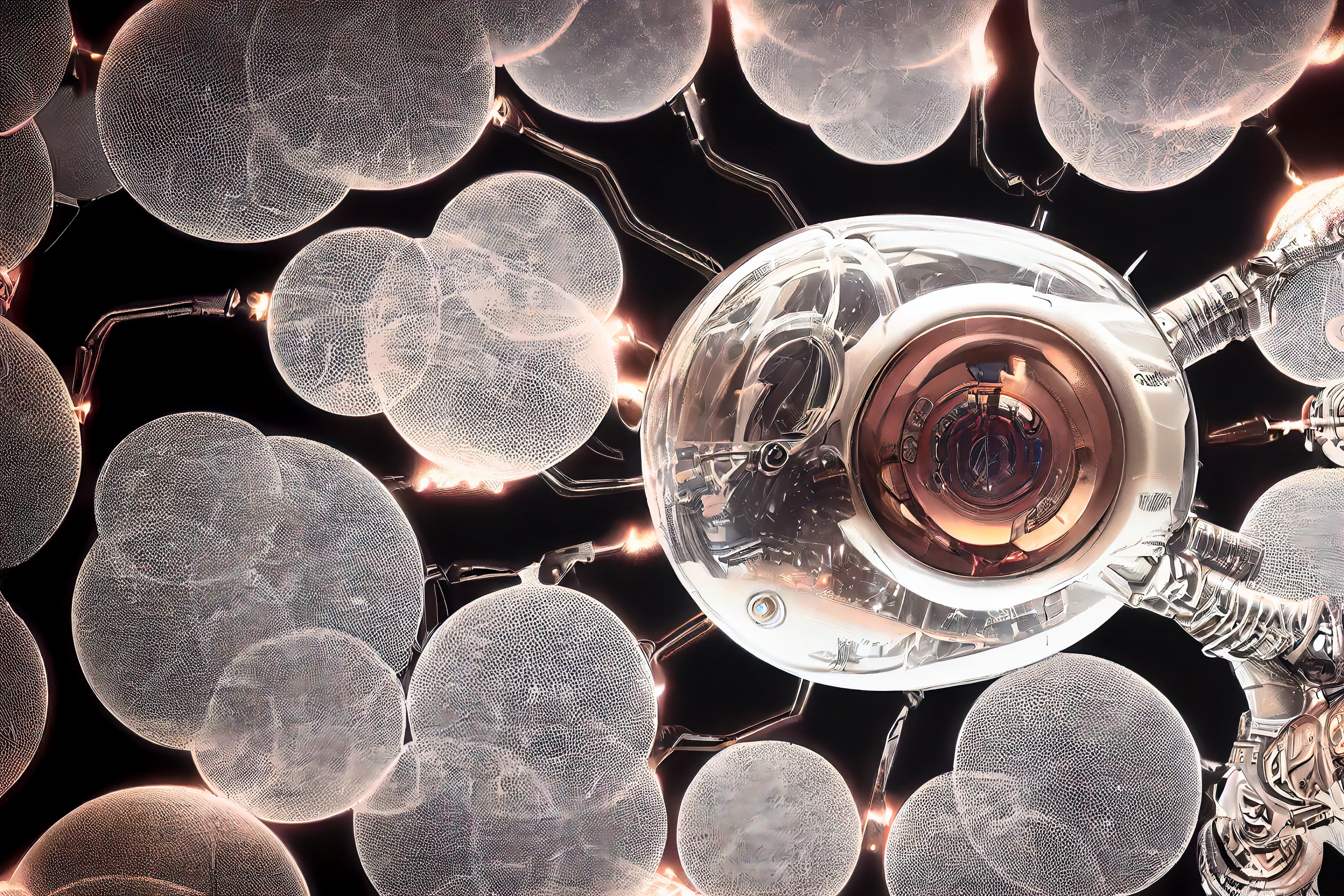Researchers from Tel Aviv University, Israel, have created a micro-robot the size of a single biological cell that navigates using both electricity and magnetic fields and can identify and capture a single cell, opening the door to a vast array of applications.
Inspired by biological “swimmers” such as bacteria and sperm, the researchers developed a micro-robot (about 10 microns across) with the ability to move around the body autonomously or controlled by an operator.
Using a magnetic field to propel the micro-robot, also called a micro-motor, was attractive; it doesn’t require fuel or direct contact between the magnet and body tissues, can be steered accurately, and can function in a wide range of temperatures and solution conductivities. Electrically powered micro-motors offer advantages, such as selective cargo loading, transport and release and the ability to use electricity to “deform” cells, but they have some downsides. So, combining the two was a no-brainer.
“The micro-robots that have operated until now based on an electrical guiding mechanism were not effective in certain environments characterized by relatively high electrical conductivity, such as a physiological environment, where the electric drive is less effective,” said Gilad Yossifon, corresponding author of the study. “This is where the complementary magnetic mechanism comes into play, which is very effective regardless of the electrical conductivity of the environment.”
Once the hybrid propulsion system was assembled, researchers were able to demonstrate the micro-robot’s capabilities. They used it to capture a single red blood cell, cancer cells, and a single bacterium, demonstrating that the micro-robot could distinguish between a healthy cell and one that had been damaged by a drug or a dying cell and one that was undergoing a natural “suicide” process (apoptosis). Once captured, the cell can be moved to an external instrument for further analysis.
But, the advantage of the hybrid micro-robot is that it can also capture non-labeled cells by sensing their status. This is the first study to undertake micro-robot-based sensing of label-free apoptotic cells.
“Our new development significantly advances the technology in two main aspects: hybrid propulsion and navigation by two different mechanisms – electric and magnetic,” Yossifon said. “In addition, the micro-robot has an improved ability to identify and capture a single cell, without the need for tagging, for local testing or retrieval and transport to an external instrument.”
While testing of the micro-robot took place outside the human body, the researchers hope that it can soon be tested in vivo, given its potential for wide application.
“Among other things, the technology will support the following areas: medical diagnosis at the single cell level, introducing drugs or genes into cells, genetic editing, carrying drugs to their destination inside the body, cleaning the environment from polluting particles, drug development, and creating a ‘laboratory on a particle’,” Yossifon said.
The study was published in the journal Advanced Science.
In the below video, the researchers speak about how the hybrid micro-robot works and its potential uses.
Source: Tel Aviv University





